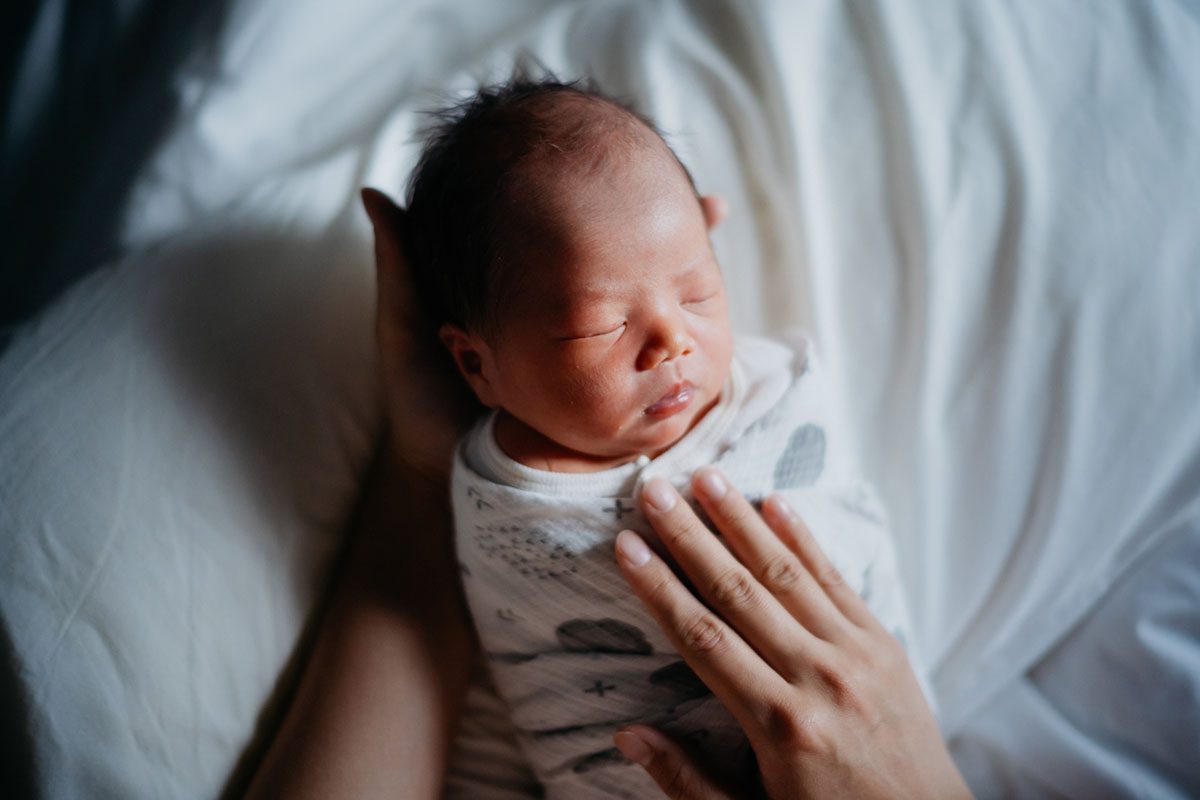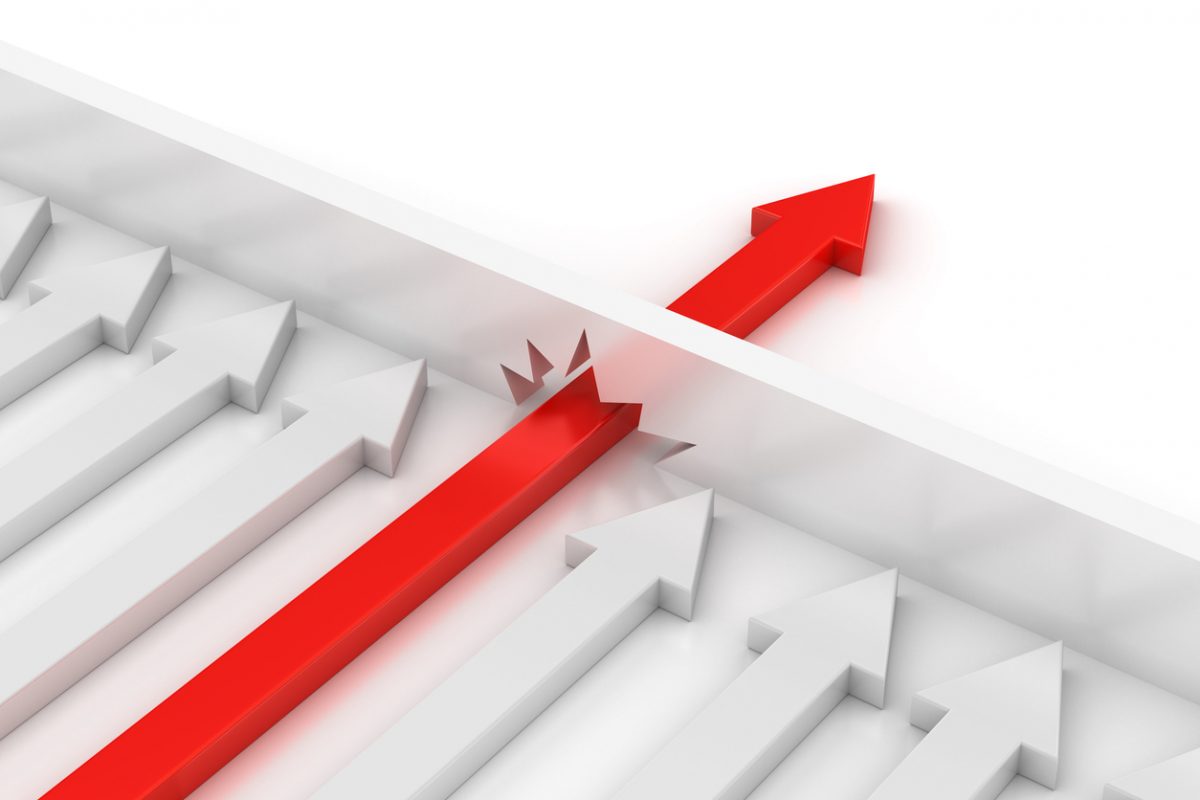Background: There is preliminary evidence that repetitive transcranial magnetic stimulation (rTMS) may be useful for the treatment of obsessive-compulsive disorder (OCD), but no definitive study has been published, and the effect of laterality of stimulation is uncertain.
Method: Subjects (N = 12) with resistant OCD were allocated randomly to either right or left prefrontal rTMS daily for 2 weeks and were assessed by an independent rater at 1 and 2 weeks and 1 month later.
Results: Subjects had an overall significant improvement in the obsessions (p < .01), compulsions (p < .01), and total (p < .01) scores on the Yale-Brown Obsessive Compulsive Scale (Y-BOCS) after 2 weeks and at 1-month follow-up. This improvement was significant for obsessions (p < .05) and tended to significance for total Y-BOCS scores (p = .06) after correction for changes in depression scores on the Montgomery-Asberg Depression Rating Scale. There was no significant difference between right- and left-sided rTMS on any of the parameters examined. Two subjects (33%) in each group showed a clinically significant improvement that persisted at 1 month but with relapse later in 1 subject.
Conclusion: A proportion (about one quarter) of patients with resistant OCD appear to respond to rTMS to either prefrontal lobe, although in the absence of a sham treatment group in this study, we cannot rule out the possibility of this being a placebo response. This treatment warrants further investigation to better establish its efficacy and examine the best parameters for response.
Please sign in or purchase this PDF for $40.00.
Save
Cite



